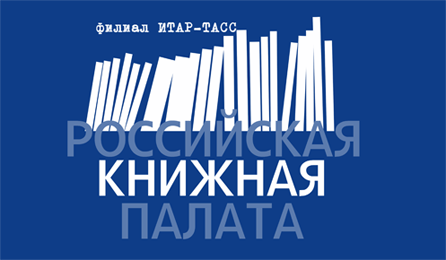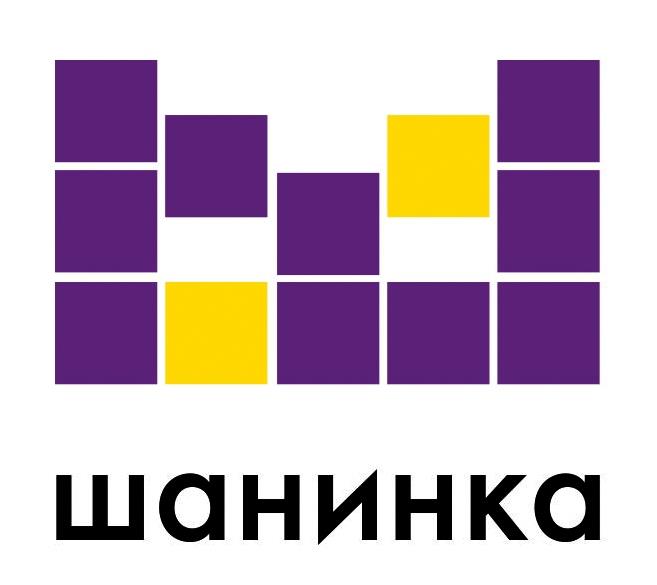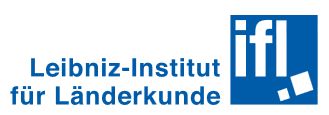Averkieva K.V. Rural gentrification: City dwellers in rural areas of Russia’s Non-Chernozem Region // The Russian Peasant Studies. 2023. V.8. №4. P. 137-151.
DOI: 10.22394/2500-1809-2023-8-4-137-151
Annotation
Under the long-term rural outflow to cities, urban migration to rural areas, especially of those not changing urban registration or staying in the countryside seasonally, is almost invisible. However, the influx of new residents affects rural areas greatly since city dwellers have rich social capital and other resources to transform the countryside. Foreign researchers suggest the term ‘rural gentrification’ to describe such processes. On the example of the Verkhovazhsky district of the Vologda oblast, the author shows how city dwellers participate in different spheres of the rural economic and social life or introduce new types of activities that could be characterized as sprouts of rural modernization if not for their close connection with the traditional rural life. The paper is based on the field studies conducted from 2019 to 2023, combining in-depth and expert interviews with participant observation. In the villages of the Vaga valley, there are guest houses, a center for wood-fired ceramics, a base for restorers of wooden architecture and other facilities created by city dwellers. At the same time, former city residents work in the rural social infrastructure — schools, cultural centers, shops, administrations, offering rural residents new, urban practices (public lectures, book crossing, separate waste collection, second-hand stores). On the one hand, former city residents contribute to changes in certain aspects of rural life; on the other hand, they adopt elements of rural lifestyle, which is manifested in clothing, everyday practices, and way of thinking.
Keywords
Countryside, migration from the city to the village, rural gentrification, cultural initiatives, Vologda oblast, Non-Chernozem Region.
About the author
Averkieva Kseniya V., PhD (Geography), Associate Professor, Faculty of Geography and Geoinformation Technologies, National Research University Higher School of Economics; Senior Researcher, Institute of Geography, Russian Academy of Sciences. 101000, Moscow, Myasnitskaya str., 20.
E-mail: This email address is being protected from spambots. You need JavaScript enabled to view it.
Smirnova A.A., Smirnov I.P., Tkachenko A.A. Geographical approach to the classification of local rural areas (on the example of the Torzhok district in the Tver Region) // The Russian Peasant Studies. 2023. V.8. №1. P. 85-103.
DOI: 10.22394/2500-1809-2023-8-1-85-103
Annotation
The article continues the series of works on the geographical diversity of rural areas. The previous article (Tkachenko et al., 2021) presented a classification of rural districts in the Tver Region. This article aims at providing a classification of rural areas that are more fractional than municipal districts and at assessing the compliance (consistency) of classifications for the adjacent territorial levels. The Torzhok district was chosen as a main case for it represents the most prosperous type of districts in the Tver Region — agricultural, with a developed network of rural settlements. Based on the same characteristics as in the previous study, 22 local rural areas were considered as rural municipalities until 2017. The resulting classification includes 11 types, 6 of which have only one representative each. The grouping by the degree of compliance with the features of the Torzhok district showed that the general portrait of the district depends on a small number of local areas that form its spatial-semantic core: only 3 local rural areas located around the district center have the same characteristics. On the periphery, there are territories either with a low degree of correspondence or without any similar characteristics. The comparison of classifications proved the role of generalization in the study of spatial differences in rural areas.
Keywords
Countryside, local rural areas, frame structure, territorial functions, rural settlement, recreational potential, Tver Region, Torzhok district.
About the author
Smirnova Alexandra A., PhD (Geography), Associate Professor, Faculty of Geography and Geoecology, Tver State University. P. Proshina St., 3, bldg. 2, Tver, 170021.
E-mail: This email address is being protected from spambots. You need JavaScript enabled to view it.
Smirnov Ilya P., PhD (Geography), Associate Professor, Faculty of Geography and Geoecology, Tver State University. P. Proshina St., 3, bldg. 2, Tver, 170021.
E-mail: This email address is being protected from spambots. You need JavaScript enabled to view it.
Tkachenko Alexander A., DSc (Geography), Professor, Faculty of Geography and Geoecology, Tver State University. P. Proshina St., 3, bldg. 2, Tver, 170021.
E-mail: This email address is being protected from spambots. You need JavaScript enabled to view it.
Gusakov T.Yu. Rural informal economy of the Crimean village Novoalekseevka // The Russian Peasant Studies. 2017. V.2. №4. P. 107-129.
DOI: 10.22394/2500-1809-2017-2-4-107-129
Annotation
The article considers the situation in the Crimean village as a result of the dynamic development of informal economy in the 1990s after the collapse of the Soviet Union. The author tries to adapt the existing classifications of informal economy to the specific features of rural Crimea, in which informal relations are primarily determined by the exogenous forces such as the return of deported peoples, the collapse of the collective farms system and peculiarities of the Ukrainian state building. The Crimean countryside became a hostage of the social-economic transformations of the post-Soviet period, and found the only way to adapt and survive under the “wild capitalism” in the refusal to follow the rules of ineffective formal institutions and in replacing them with informal ones.
“Self-reliance” became the main slogan of the Crimean village in the ‘dashing 1990s’. Ethnic, ideological and intercultural disagreements and a lack of trust determined a new model of coexistence of rural residents — a commonalty (an analogue of the pre-revolutionary rural community) constituted by a network of informal ties. Combinations of various mental features determine specific types of informal economy such as a traditional shift to trade and agriculture due to the available resource base. Transformations of the institutional environment and social-economic stabilization in the 2000s contributed to the reduction of informal sector in the rural economy of the Crimea.
Keywords
Crimea, countryside, informal economy, shadow economy, agriculture, peasantization, commonalty
About the author
Gusakov Timur Yu., Junior Researcher, Center for Agrarian Studies, Russian Presidential Academy of National Economy and Public Administration. 119571, Moscow, Prosp. Vernadskogo, 82.
E-mail: This email address is being protected from spambots. You need JavaScript enabled to view it.





















